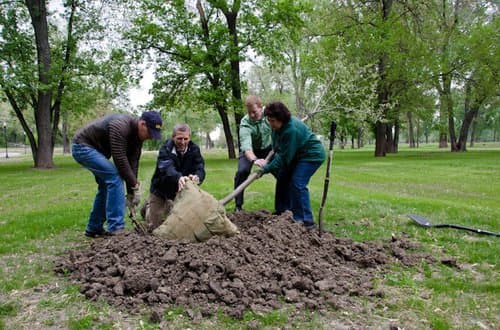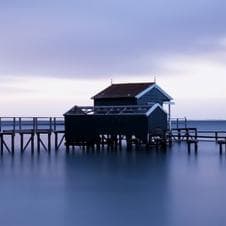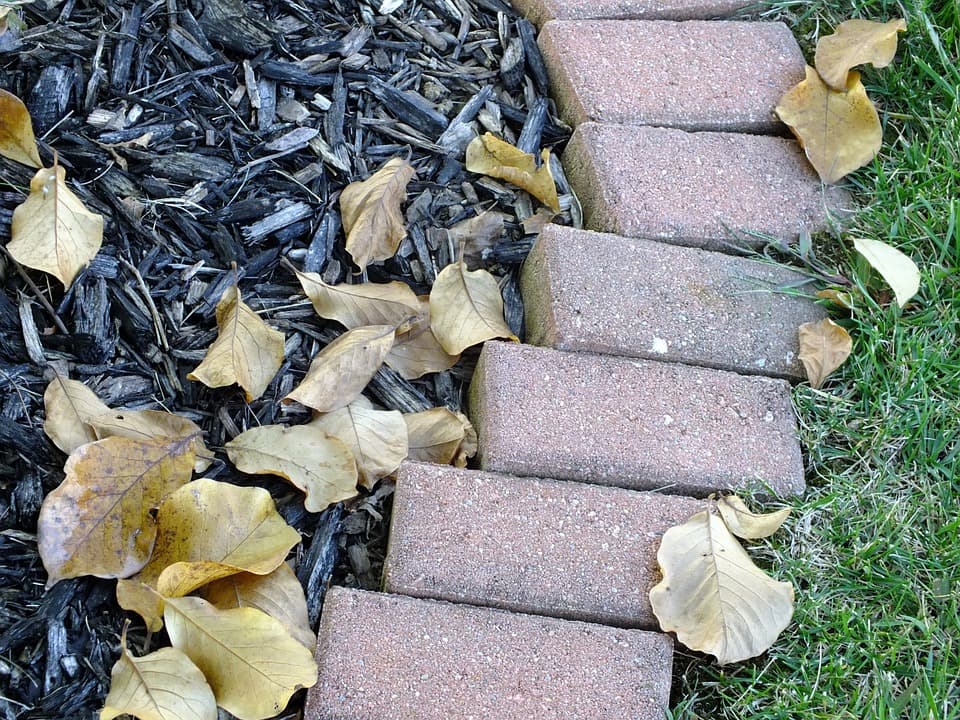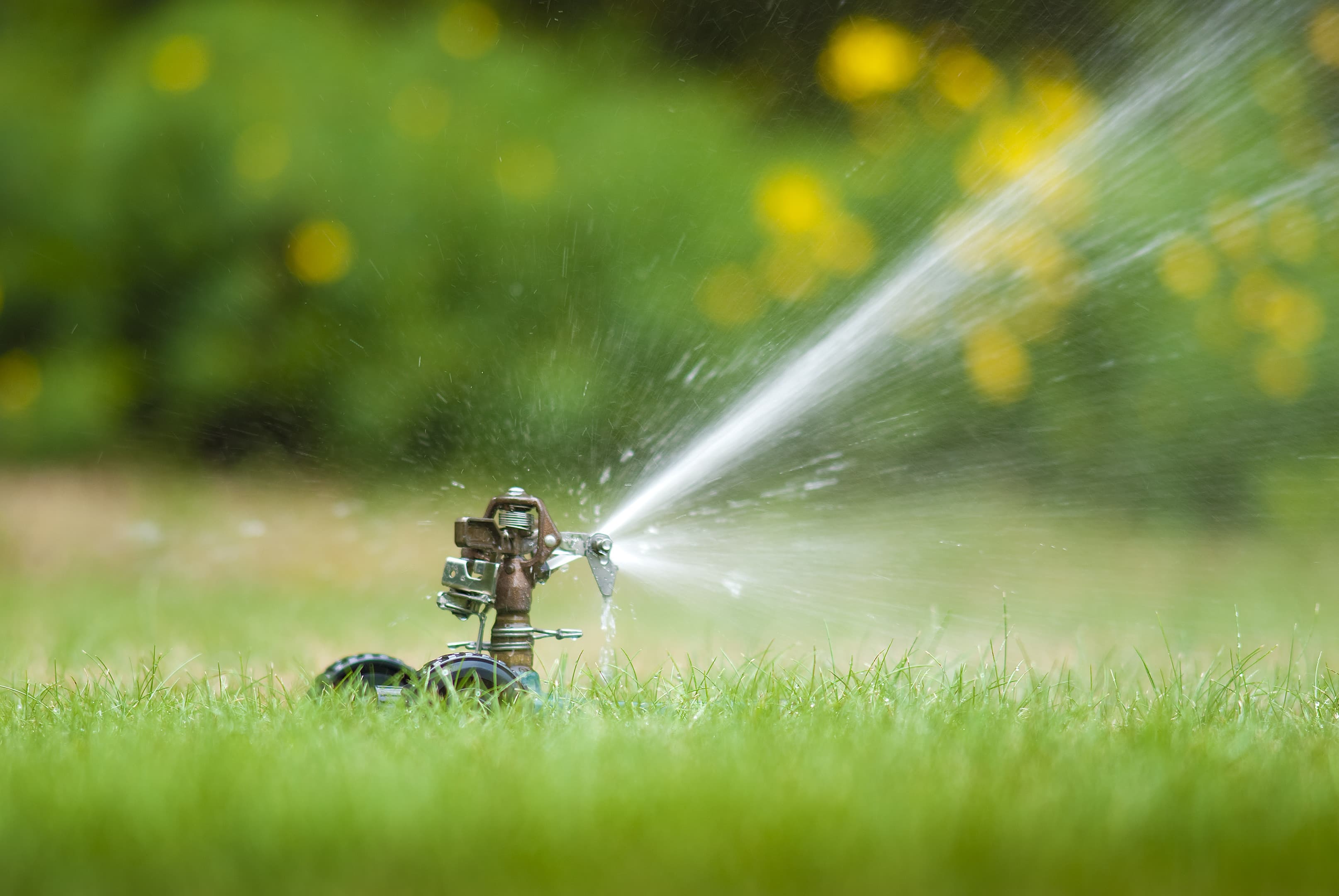Tree Planting Checklist
5 stars
Scores 4.70 with 88 votes

Introduction
Trees are a great addition to any landscape. They provide shade, year-round interest in your garden, food and shelter for animals, and can even increase the value of your home. Before planting a tree in your yard, it’s important to take a few things into consideration. This Tree Planting Checklist will take you from the planning stages to the planting of your new tree and beyond.
- Be sure it has enough room to reach its full potential and where it will not interfere with other plantings or power lines.
- Consider whether a tree will grow well in your climate, whether it will block your view, and whether it will require more care than you can provide.
- Ask your local municipality if your chosen spot interferes with water, sewer, or power lines.
- The best time to plant a tree is when the ground has thawed, but the trees are still dormant. Of course, this only applies to cooler, four-season climates. In warm climates, winter is a great time to plant.
- A hole that is twice as deep and wide as your tree’s root ball will give it plenty of room to grow.
- Do not pack it down; it should be light and fluffy.
- Be sure that the ground is at the same level on your tree's trunk as it was in the planting container. If you need to add or remove dirt from the bottom of the hole, do it now.
- Do not add fertilizer, compost, or any other amendments. Fertilizing at this stage will encourage your tree’s root to grow inward instead of spreading out.
- There should be a slight depression where the hole used to be. This will help your tree collect water and channel it to the roots.
- Cover your planting hole with a 3-inch layer of mulch. Make sure to keep the mulch a few inches away from your tree’s trunk.
- It is wise to stake your tree for the first year to keep it growing straight. Use a wooden stake or a piece of rebar and pound it into the ground about a foot from your new tree. Use a broad, flexible material to tie your tree to the stake. A thick band or strong elastic will work well.
- Every tree has different pruning requirements, but there is a lot of information available online.
Details
Tree Planting Checklist Tips
- If you live in the United States, consider consulting your community’s Master Gardener program for advice on what to plant where.
- Arbor Day is a national day to celebrate trees in the United States. It is always the last Friday in April, and a good day to plant trees in most parts of the country.
- Celebrating a special event? Trees make great gifts, and planting a tree to celebrate a new life, birthday, or other accomplishment will provide you with years of memories.
Suggest Improvements
Rate this Checklist
5 stars
Scores 4.70 with 88 votes







